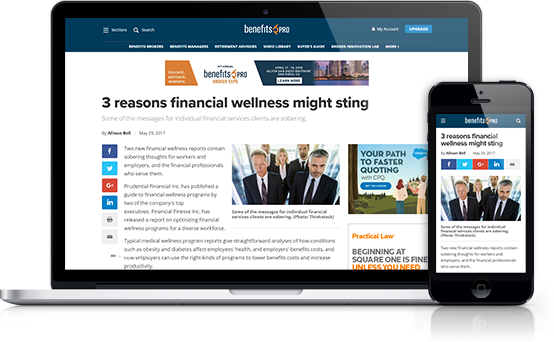 As employees look for ways to boost their coverage or fill in gaps, they will appreciate employers who provide a variety of benefits they can select based on their personal situations. (Photo: Shutterstock)
As employees look for ways to boost their coverage or fill in gaps, they will appreciate employers who provide a variety of benefits they can select based on their personal situations. (Photo: Shutterstock)
According to a recent paper, more than one-third of U.S. workers have changed employers or lost jobs since February of last year. Employers across the country are struggling to fill open positions and are often finding that benefits—not compensation—is the deciding factor for many candidates. Differentiation is key in an increasingly competitive landscape, and a flexible and a competitive benefits package is one way employers can stand out.
Continue Reading for Free
Register and gain access to:
- Breaking benefits news and analysis, on-site and via our newsletters and custom alerts
- Educational webcasts, white papers, and ebooks from industry thought leaders
- Critical converage of the property casualty insurance and financial advisory markets on our other ALM sites, PropertyCasualty360 and ThinkAdvisor
Already have an account? Sign In Now
© 2024 ALM Global, LLC, All Rights Reserved. Request academic re-use from www.copyright.com. All other uses, submit a request to [email protected]. For more information visit Asset & Logo Licensing.








